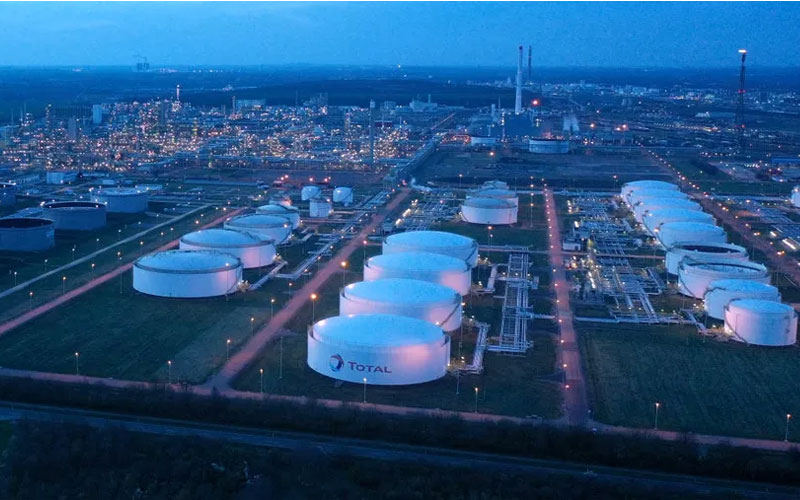In 2014, international oil prices fell sharply, and the world’s oil and gas industry entered a downturn cycle. The “four lows” (low price, low return, low investment, and low cost) will become new features of the oil and gas industry in the new era.
1. Global oil supply and demand will remain loose before 2020
Before 2020, the global oil supply and demand will remain loose. The world economy will still be in the post-crisis recovery period, and the growth rate will not reach the level of the prosperity period. Especially, the growth of emerging economies will slow down, and it will be difficult for oil demand to rebound sharply. China National Petroleum Group Economic and Technical Research Institute predicts that by 2020, the average annual growth rate of global oil demand will be 1.1%, and the demand in 2020 will reach 99 million barrels per day; the average annual growth rate of global oil supply capacity will be 1.4%, The volume will reach 105 million barrels per day, and the supply capacity will be 6 million barrels per day higher than the demand. The main source of supply growth is the recovery of Libya’s oil production, the rapid growth of Iraq’s oil production, and the domestic production will continue to grow rapidly after the United States liberalizes oil exports. Sustained low oil prices will seriously hit the exploration and development of high-cost unconventional resources such as shale oil and oil sands, but the impact on oil production may have a lag period of 2 to 3 years. Generally speaking, it will take some time for the world’s oil supply and demand to reach a new balance. Before that, the loose supply and demand situation is difficult to change.
2. Before 2020, the international oil price will run at a relatively low level, and the general trend will be low first and then high. The fundamentals of supply and demand are loose, and the US dollar enters the appreciation channel, which will directly suppress the international oil price. According to the calculation results of the international oil price forecasting model of the China National Petroleum Corporation Economic and Technological Research Institute, the international oil price will be relatively low before 2020, and the overall level will hardly return to above US$100/barrel, and the operating range is between US$40 and US$90/barrel. In the early stage, the low level will be consolidated. In the later stage, as low oil prices affect investment in high-cost projects, the growth rate of supply will drop. In addition, low oil prices will stimulate demand, and the loose supply and demand will reverse.
3. In the future, the price difference between light oil and heavy oil will continue to narrow. Affected by the unconventional oil and gas revolution in North America, the global supply of light oil has grown rapidly. However, the mismatch of refinery equipment structure has resulted in a surplus of light oil, and the price of light oil has endured. greater downward pressure. At the same time, the demand for heavy oil still maintains a certain growth, but the supply growth is slow, and the market supply and demand are relatively tight, supporting the price of heavy oil. Generally speaking, in the next few years, the price difference between light crude oil and heavy crude oil will continue to narrow, and the price of heavy crude oil may even be higher than that of light crude oil.
4. The Asian market will become the focus of competition among oil-producing countries. Oil demand in Asia will continue to grow rapidly. As an important force in the growth of world oil demand, China will play an increasingly important role in the global demand pattern. With the overall loose supply in the world, the decline of US foreign dependence and the situation of oil exports, more and more oil-producing countries have to turn their attention to Asia, thus accelerating the eastward shift of the world oil trade center of gravity. In order to compete for market share, competition among traditional oil-producing countries and between non-OPEC countries and OPEC countries will intensify.
Starting from February 1, 2023 local time, Russia officially prohibits the supply of Russian oil to foreign legal entities and individuals who directly or indirectly use the price cap mechanism in contracts.
PP836 3BSE043449R501 ABB | Man-machine interface

石油
 中文版
中文版



